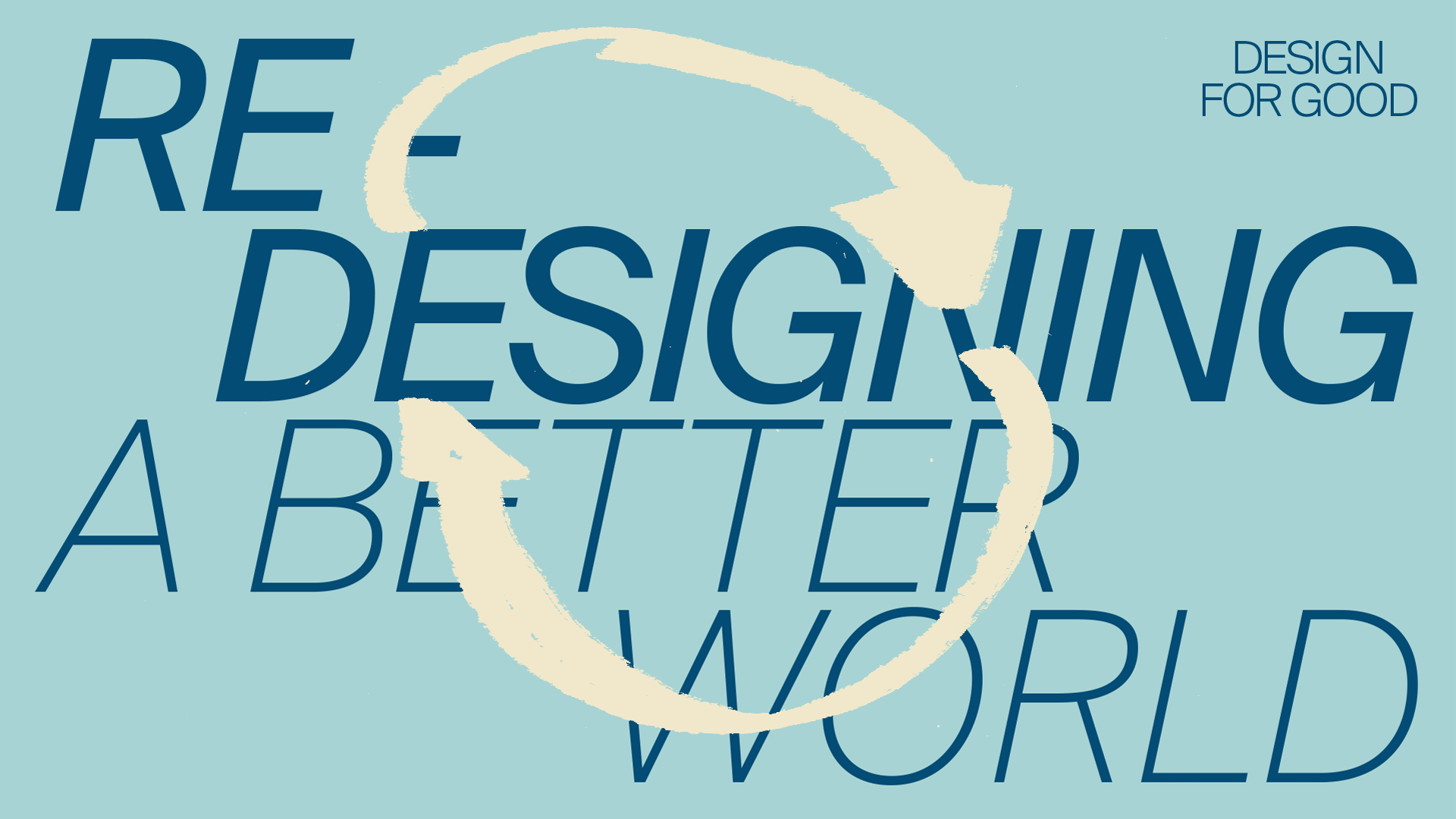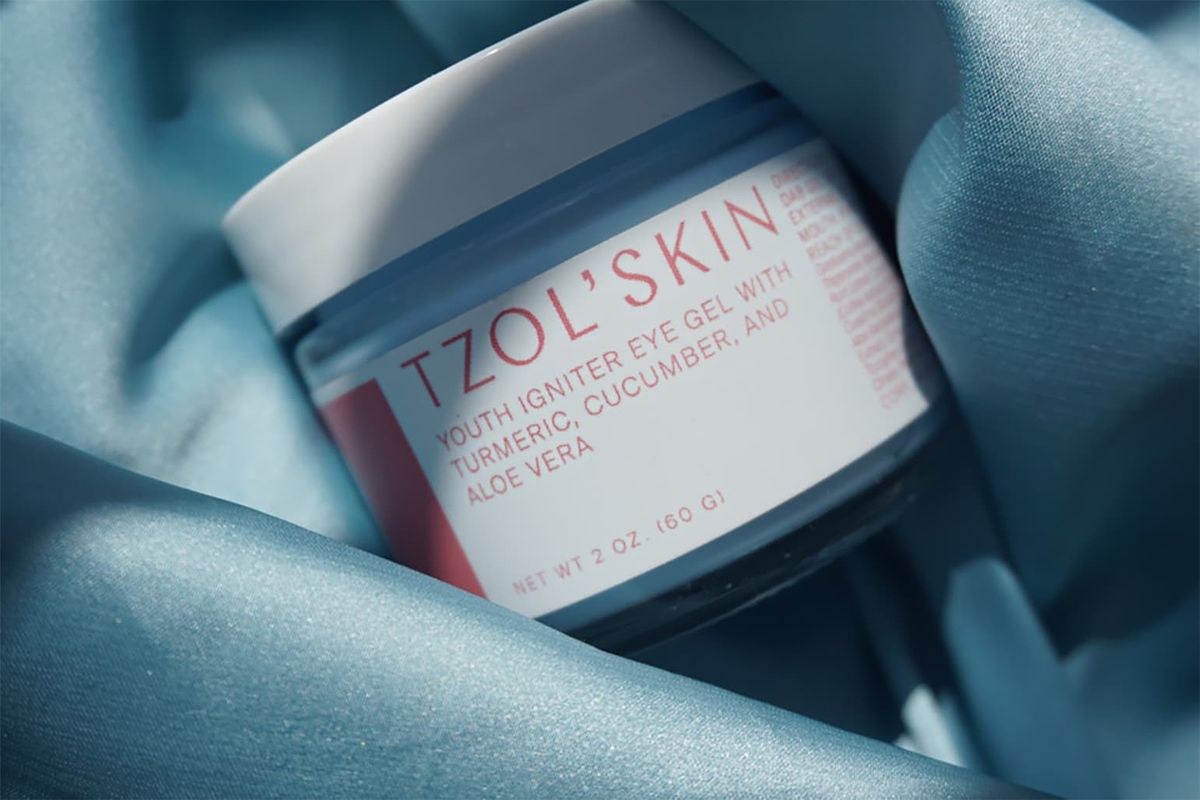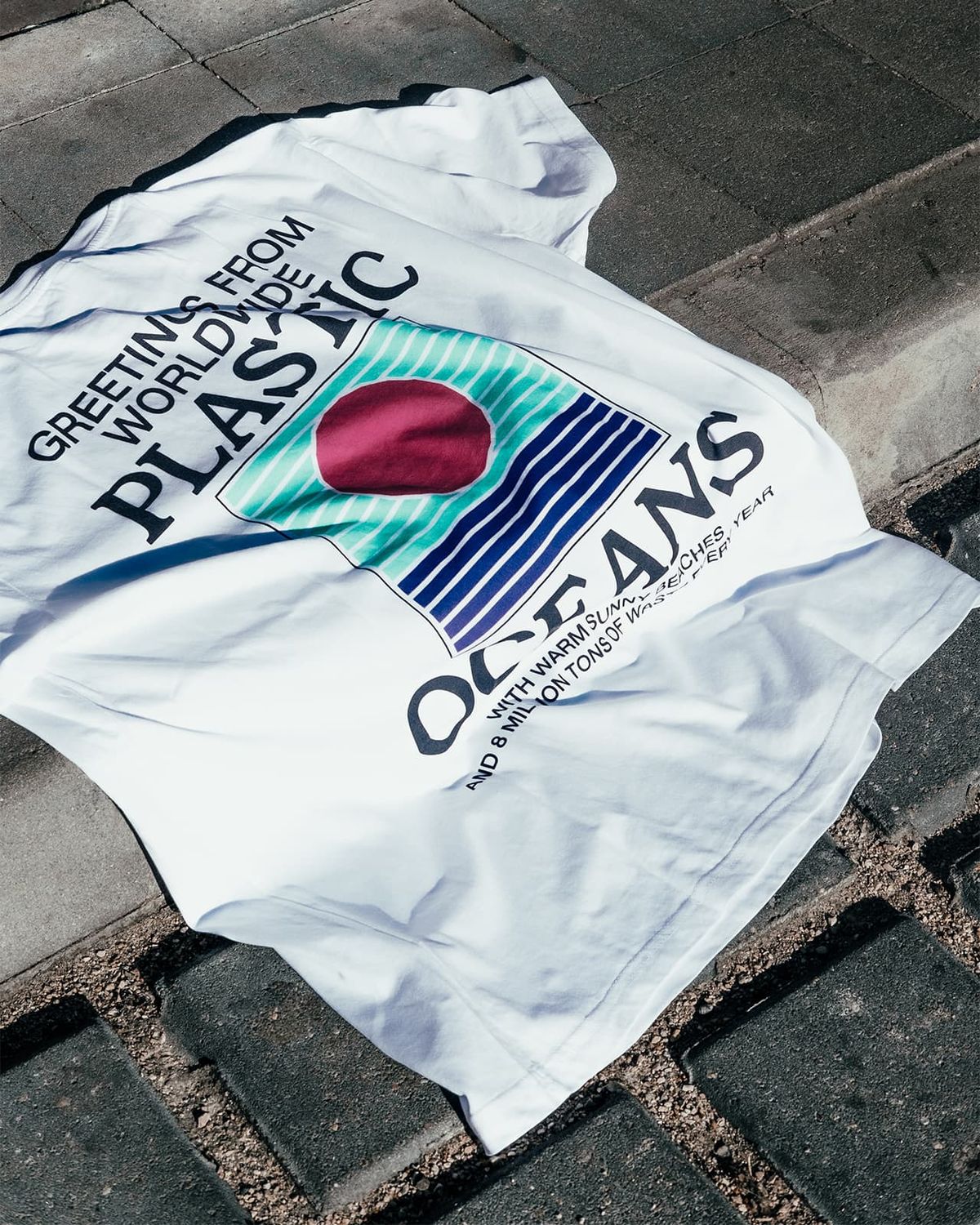In a world where change must be made, design can have an important role to communicate, educate and promote that change. Design for good is not just a tendency of expression. Now more than ever, we recognize the importance of how design for good can have an essential role to stimulate social action.

In this series, as shared in our previous article, we talk about how we believe that designers have a big role to make a difference in our society. At Humana, our objective is to improve lives through design. This means that we design for good, to create a social impact by bringing awareness to society's problems.
Through this article, we want to share with you the importance of Design for Good and show how it can be the spark to help create a better future. Nevertheless, it’s a practice that deserves to be brought more to the attention of the entire 'designer' community and the public.
“Design for good means applying our design skills & creativity to create a positive impact in society”
These are the steps we took to conceptualize “Thoughts”: 1. Choosing the platform; 2. Searching for references; 3. What should we do differently comparing to our references; 4. How we’re going to structure our blog; 5. What thoughts are we going to share; 6. Start writing thoughts!! We had one thing in our minds from the beginning, and it was that we didn’t want “Thoughts” to be just another technical design blog. With that being said, we came up with the idea of creating what we like to call “Series”. Every Series is special to us! It’s an attempt to sharing thoughts about our project experiences, build better futures with creativity & design, and book recommendations. Our ambition is simple: to approach different perspectives and viewpoints about a subject and wishfully, to help you broaden your horizon and be a source of inspiration. But we are not writers; we aren’t used to writing creatively, but to become better writers, all we need to do is to write! Writing can be beneficial to everyone! It’s a creative process and a valuable tool for thinking and for productivity. It becomes a kind of meditation where we make reflections on ourselves. Paul Jun affirms: “as much as writing is about communicating with others, it begins with self-reflection”. The result: We see it as a win-win where both of us (you and us) can learn something from it. As mentioned above, words can be a powerful tool to communicate and spread our message. Knowing that we live in an unfair world, we still believe that we can make a difference. What can we do to change mentalities and create a better world? Well, designers have the skill set to communicate, influence, and motivate people. But to be able to communicate efficiently, good writing is key. For us, good writing means creating context and not content! But what does that mean, you may ask. According to the MasterClass Staff, “context provides meaning and clarity to the intended message“.
In recent years the design has expanded into new areas. The social and humanitarian benefits of design turned into a new kind of practice shaped around socially responsible behavior. The design for good movement grew in the 1980s hidden from the public but has gained more visibility since the early 2000s.
Nowadays, you can find the term “Design for good” written in other words. The reality is that there's not a definition of what design for good means due to a multitude of terms and expressions that can be found in articles, books, or the internet.
Justin Henson, a former Sr. Product Designer at Classy, defines the design for good as using our magic powers to educate and give control to the people we serve. It means leaning towards transparency and never attempting to deceive.
For us, design for good means applying our design skills & creativity to create a positive impact in society. The main principle of design for good is being a human-centered design, which implies that designers should design for social change and are ultimately responsible for the societal effects of their creation.
While this answers the question — what is design for good? — it can raise another question: “How can we design for good and help to create a better future”?
“It’s necessary to understand how design for good can influence actions, which, when performed by many individuals, it results in a societal change”
Did you ever stop to think about how much of our existence is built on design? There’s a reason humans live in such a thoroughly designed world — we’re highly visual creatures!
Since design can be used to create solutions to some of society’s problems, we can also use design to bring visibility and social awareness to them. To create this social awareness it’s necessary to understand how design for good can influence actions, which, when performed by many individuals it results in a societal change.
By understanding the concept above, at Humana, we work to help sustainable and responsible brands, and NGOs become visible by developing a visual & brand identity. Since this type of organization wants to establish feelings of value and meaning to the public, our mission is to spread their message, show their work and commitment to create a better world through graphic design.
As you know, design is all about working with context, so everything starts with getting to know the people we’re designing for. Without them, we wouldn’t know what to design, how it should work, or why it matters. From there we build, test, and iterate until we get it right.
It’s the case of Tzol’Skin, a brand we’ve been working with and which we created its branding and website.

If you don’t know, Tzol’Skin is a cosmetic brand specially created for women in their 40s that are eager to find products to suit their skin type.
The products are inspired by ancient Mayan skincare recipes and are not only vegan but also based on natural ingredients.
Designing the visual identity through a clearly defined brand strategy that articulates the socially responsible and sustainable conscience values, our outcome was to translate those ideas and concepts into tangible experiences that Tzol’Skin stands for.
As a result, Tzol’Skin products were featured in diverse international magazines such as Vogue, Condé Nast or Vanity Fair. For us, it was an opportunity to design a sustainable & ethical cosmetic brand and help it to establish itself on the market.
At the same time, we wanted to raise awareness of a cultural shift toward making consumer choices in alignment with higher personal standards and beliefs.
But besides creating visibility to sustainable and responsible brands that share the same values as ourselves, we wanted to do more. That’s why we started Future Print Club.

The idea is simple: to join design & creativity to bring awareness to some of society’s big problems by creating a community where a set of artists is invited to design a collection of t-shirts. The profit from each t-shirt sales is donated to an NGO, chosen by each artist.
Since this project has started we’ve been helping NGOs that work in different social sectors like environmental, justice, healthcare, and social care to continue is actions to help those in need. In addition, we’ve decided to work with a pre-order model, to reduce wastage as much as possible and all t-shirts are made from 100% Fair Wear Foundation organic cotton.
"We want to inspire you to take action"
But one thing must be kept in mind…
You can also use your skills to help organizations and people who need it the most. There are many organizations and, programs that you can search for, that would love to have your support by applying your design or other skills. We want to inspire you to take action and for that reason, we present here some opportunities where you can make a difference:
OpenIDEO is an open innovation platform where everybody from different parts of the world can join forces to tackle some of the toughest global issues through launching Challenges, Programs, and other tailored experiences.
“Design Gigs for Good is a free community-driven resource to help more people use the tools of design to create positive social change.
AIGA’s Design for GoodIt’s a platform created to share opportunities for designers to build their practice, their network, and their visibility with the purpose to create social change.
“Design for good should be seen as an attitude that every person must embrace to make a positive difference, instead of a possible trend”
To conclude, what we hope you can take by reading our article is that design for good in the future can be used to inform, educate and promote social change. When creating design with a social vision, designers can communicate and visualize complex problems, shape opinions, force the viewer to confront difficult issues, and stimulate social action.
If each of us adopts this mindset and finds the spaces where change is needed is the first step for anyone interested in designing for good. It should be seen as an attitude that every person must embrace to make a positive difference, instead of a possible “trend”.
Our mission is, and it will always be, to bring awareness for socially responsible brands through design. Together we can all move in the direction where we consider the social and environmental impact of our work. By doing this, we can supercharge the design for a good attitude in the years ahead, and we will be one step closer to designing a future we can be proud of!
Hope you feel inspired to embrace this attitude and take action to create a better world!
Make it happen!